
Projecting a global image of success

The Museum Franz Gertsch, one of the few exhibition centres bearing the name of a living artist, is aiming to become one of the top art attractions in the country.
With an oeuvre ranging from canvases to woodcuts, the Swiss artist became internationally famous at the end of the 1960s with his giant photorealist paintings. But Anita Shah, the new director of the five-year-old museum, plans to promote Gertsch as a classical painter.
Franz Gertsch was born in the village of Mörigen in 1930 and his family moved to the city of Bern five years later. As a boy, Gertsch was taken to the capital’s Kunstmuseum where he marvelled at the works of Swiss greats such as Paul Klee and Ferdinand Hodler.
He left school at 17, having deciding to become a painter against the will of his parents, and trained with Bern-based artists.
After struggling to find his own style, Gertsch had a breakthrough in 1969 when he decided to abandon abstraction and to interpret his raw material as realistically as possible.
The resulting picture was “Huaa…!”, modelled on a still from the 1968 film “Charge of the Light Brigade”. The 170x 261cm canvas depicts Captain Louis Edward Nolan mortally wounded on his horse. Gertsch recorded the piece as the first in his catalogue of works.
A number of large-format realist paintings followed, based on photographs that Gertsch had taken himself, mostly of friends and family. The slides were then projected onto unprimed canvas, which served as the starting point for painting.
These works, which took up to a year to complete, brought Gertsch international fame as a European exponent of the photorealism movement, which at that time was taking place mainly in the United States.
Perception
Shah, who became director in July 2007, admits Gertsch’s photorealist work is important, but more significant for her is the play with perception, which could also be seen in his later works.
Gertsch abandoned painting for about a decade from the mid-1980s to explore other techniques, notably woodcuts, and other motives, such as nature.
Shah recalls a meeting with Gertsch at the beginning of 2007. “I explained what I thought his art was about. At first he didn’t react and I felt panic. Later he said he agreed that perception was his main theme. He is a reserved person but I didn’t know that beforehand,” she told swissinfo.
One result from Gertsch’s return to painting in the mid-1990s was a series entitled “Grass”, which can be viewed in the museum in the medieval town of Burgdorf outside Bern.
“It’s often said that the ‘Grass’ series is about nature. It is, but not just. It’s about the act of seeing, the oscillation between ornamentation and figuration – these are issues that painters encounter,” Shah explained.
Home-grown talent
Shah, who was born in London to German-Pakistani parents, also plans to cement the institution’s reputation as an international haven for contemporary art, with exhibitions featuring young artists – both established and unknown.
“I want to take the museum into a third phase,” she said. “The first was the opening of the museum in 2002. The second was the retrospective of Gertsch’s work which took place last year. The third will see Gertsch positioned as a classical painter because that’s what he is in my opinion.”
Shah says this strategy would focus on people abroad, especially in the US.
Rachel Mader, an art historian at Bern University, told swissinfo that “Gertsch is without a doubt a great painter who historically has a very important place in Swiss art”.
Mader added that Gertsch is a home-grown talent in the purest sense of the word.
“This is a person who is untypical among current Swiss artists because he grew up here and became famous both here and internationally – unlike Swiss video artist Pipilotti Rist, who had to go abroad to find success.”
swissinfo, Faryal Mirza
In 1998 Gertsch met the industrialist Willy Michel, who had made his fortune from insulin pumps. Michel, fascinated by Gertsch’s works, became an avid collector and decided to fund a museum in the artist’s name.
In 2002 the Museum Franz Gertsch opened to the public, with half its space dedicated to Gertsch and the rest to other artists.
The museum is in Burgdorf, outside the Swiss capital, Bern.
It opened in 2002. Half the gallery space is reserved for Gertsch’s works, half is given over to changing exhibitions.
The nearby Galerie im Park, which is part of the same organisation, sells woodcuts by Gertsch.
These cost SFr7,500-SFr750,000 ($6,440-$644,400).

In compliance with the JTI standards
More: SWI swissinfo.ch certified by the Journalism Trust Initiative





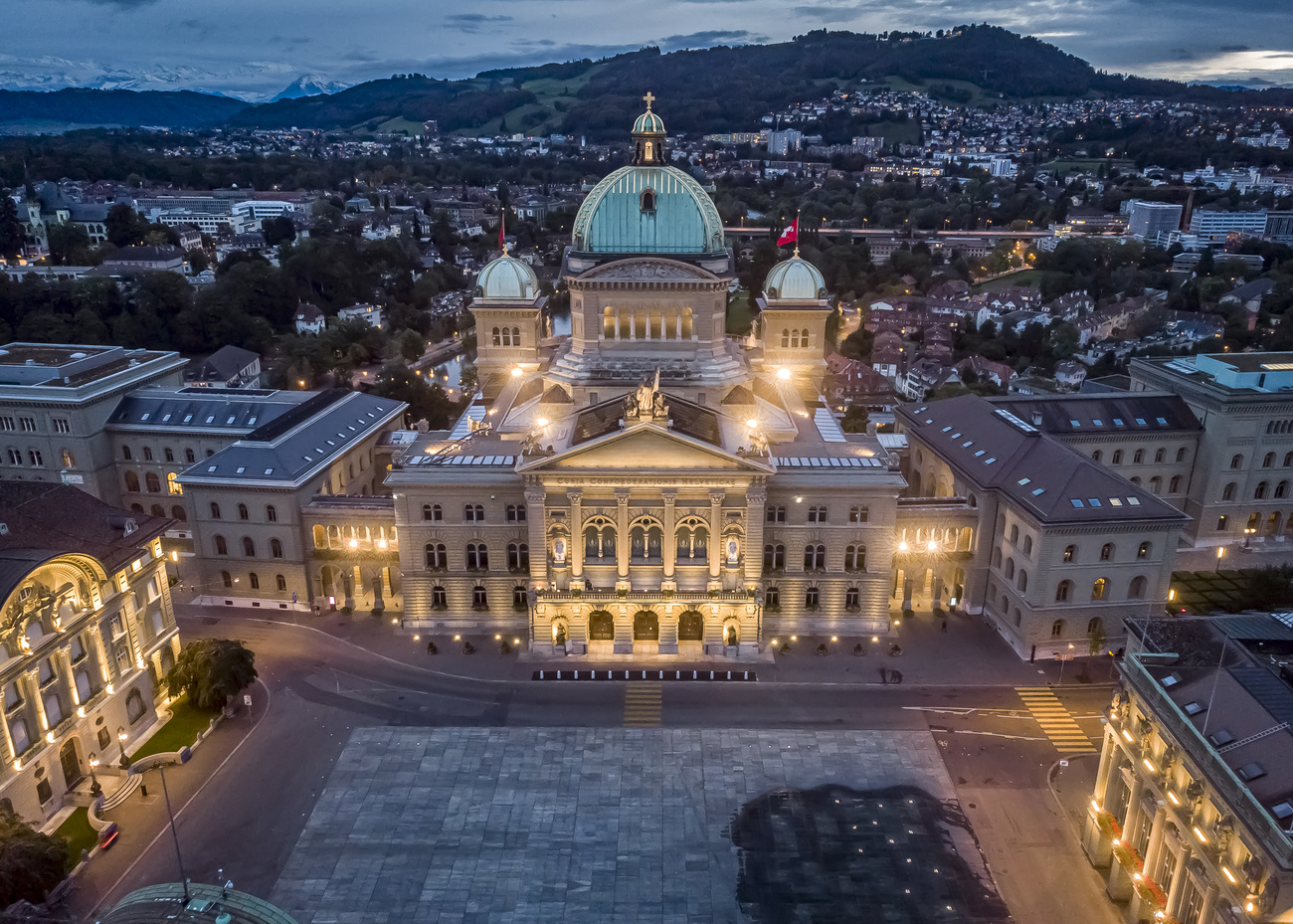








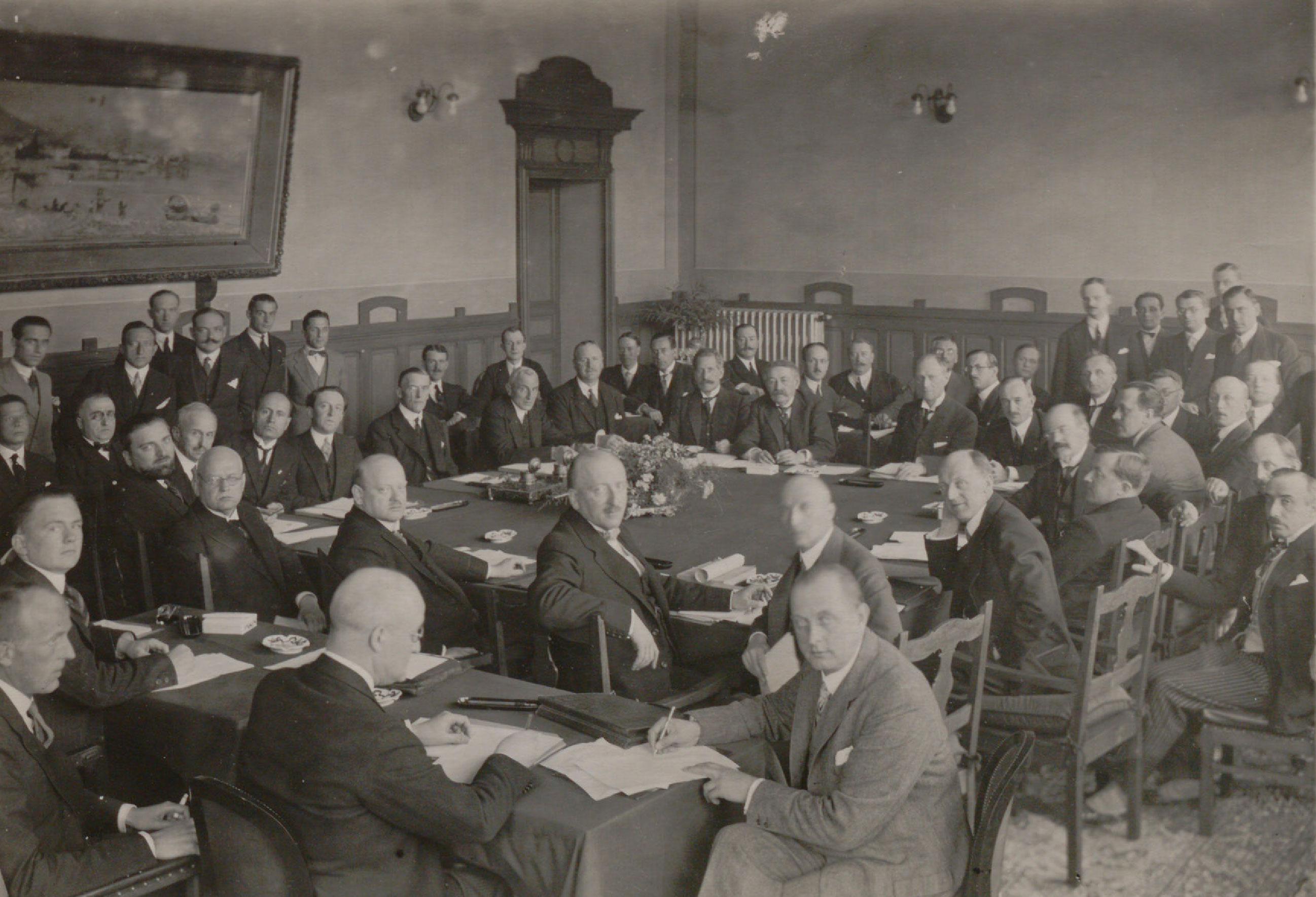








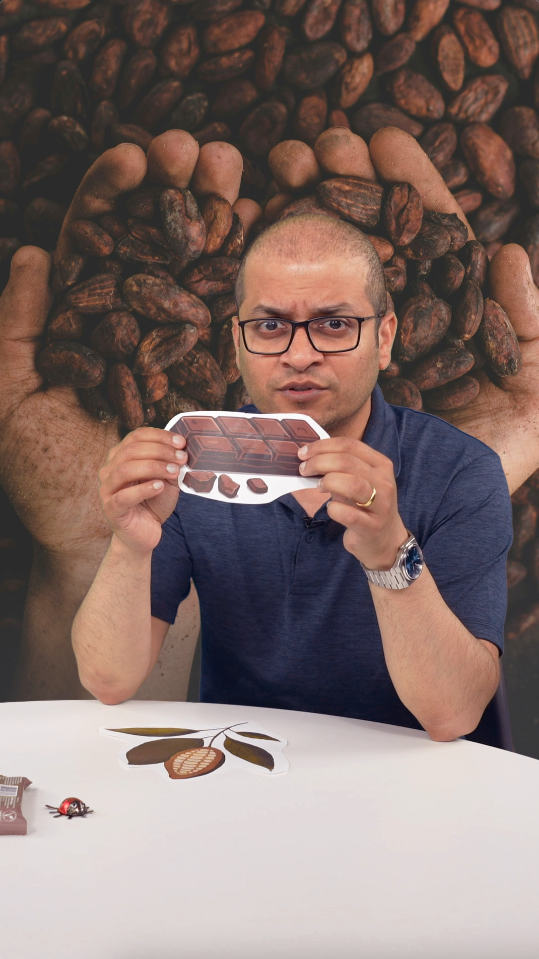














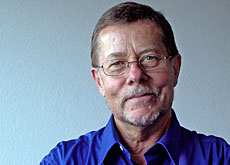
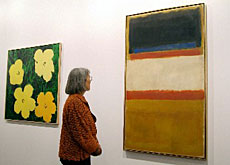
You can find an overview of ongoing debates with our journalists here . Please join us!
If you want to start a conversation about a topic raised in this article or want to report factual errors, email us at english@swissinfo.ch.